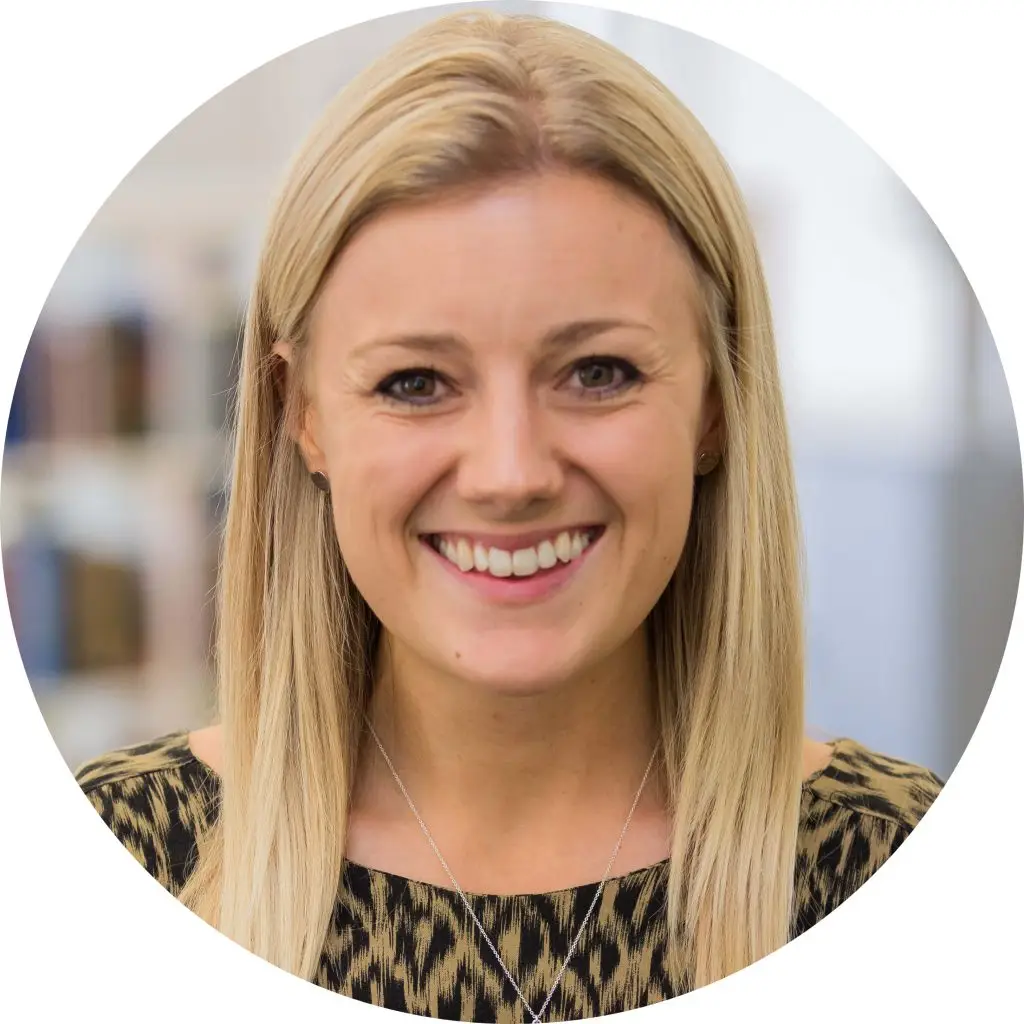This is the first year of implementation for the Australian Curriculum. This curriculum has been developed by the Australian Curriculum, Assessment and Reporting Authority (ACARA). ACARA has employed rigorous and robust curriculum development processes to produce a high-quality national curriculum. In NSW the Board of Studies, Teaching and Educational Standards (BOSTES) has written the syllabus specific for NSW. The NSW syllabus has been organised in stages and uses outcomes to provide direction or teachers. It also includes Australian Curriculum coding within the NSW outcomes. The syllabus also includes general capabilities and cross curriculum priorities which are present in all of the new Australian Curriculum documents. I recently competed an online training course for the NSW K-6 Mathematics Syllabus. This post is a reflection on this training.
Outcomes
Like the old NSW syllabus, the NSW syllabus for the Australian Curriculum uses outcome codes identify the subject, stage and objective. For example Mae-1WM is Mathematics, Early Stage 1, Outcome 1, Working Mathematically. The Australian Curriculum content descriptors for Mathematics are noted in the NSW syllabus. For example ACMNA014 is Australian Curriculum, Mathematics, Number and Algebra, Element Code 014. For teachers in NSW, programs should refer to the NSW Board of Studies outcomes.
Cross Curriculum Icons
Learning across the curriculum is divided into three key areas; cross-curriculum priorities, general capabilities and other learning across the curriculum specific to NSW. Learning across the curriculum aims to make the education relevant to the lives of students and the contemporary issues that they face.
The cross-curriculum priorities are:
The general capabilities are:
Other important learning identified by the Board of Studies:
Rationale
The rationale of the new Mathematics NSW syllabus for the Australian Curriculum focuses on creativity and real world application. The rationale describes Mathematics as a reasoning and creative activity used to identify and apply patterns and relationships. The rationale also depicts Mathematics as sophisticated understanding of mathematical concepts that allows students to realise connections between Mathematics and other disciplines. The knowledge, skills and understanding of the Mathematics Curriculum enable students to employ strategies to make informed decisions and solve problems as citizens of the 21st century. Full participation in society requires skills of critical evaluation using mathematical concepts. Overall the emphasis of the rationale is teaching students to be mathematicians. Below are some phrases from the syllabus to demonstrate this purpose:
Objectives
The objectives of the syllabus are divided into two parts:
Content
The content is in three strands. They are Number and Algebra, Measurement and Geometry, Statics and Probability. Within these larger strands there are sub strands. For example in Measurement and Geometry the sub strands are Length, Area, Volume and Capacity, Mass, Time, 2D and 3D Space, Angles and Position. There are five Working Mathematically strands, which are Understanding, Reasoning, Problem Solving, Communicating and Fluency. These are not a separate set of skills but are embedded into the content strands.
Assessment
In the NSW Mathematics syllabus assessment is described as being for, as and of learning. In assessment for learning teachers are informed about student progress to direct their teaching. In assessment as learning student monitor and reflect on their progress and understanding. In assessment of learning teachers can determine student achievement against learning goals and standards.
Reflections
Overall I think the focus and rationale of the NSW Mathematics syllabus for the Australian Curriculum is excellent in the way it transforms mathematical thought into being creative, relevant and engaging. This creates a sense of purpose and drive for Mathematics, rather than a set of skills without real world application. I think the new Working Mathematically strands are more relevant to students in the 21st century and display a broader application of mathematics. I feel the amalgamation of strands creates greater connectivity and continuity between mathematical thought. The new Number and Algebra strand is comprised of outcomes which in the old syllabus were separated into separate strands Number, Patterns and Algebra. Similarly the new strand Statistics and Probability draws together the old strands of Data and the sub strand Chance from Number. This is far more logical as data and chance are interrelated concepts. likewise the new Strand Measurement and Geometry is a drawing together of two strands Measurement, Space and Geometry.
Question for you: The NSW syllabus for the Australian Curriculum seeks to encourage creativity and application to real world contexts. What lessons have you taught that particularly encourage mathematical creativity and application to real life scenarios?
